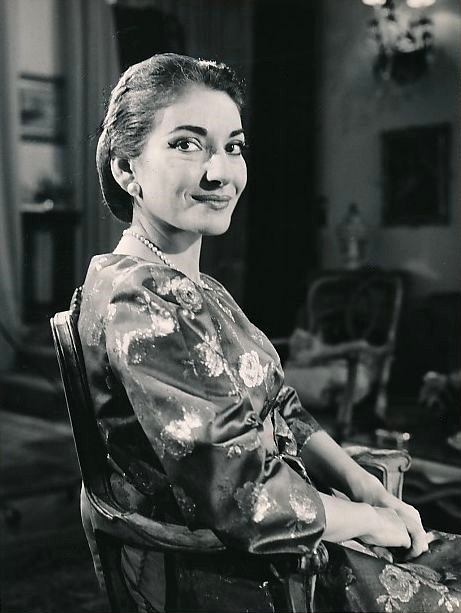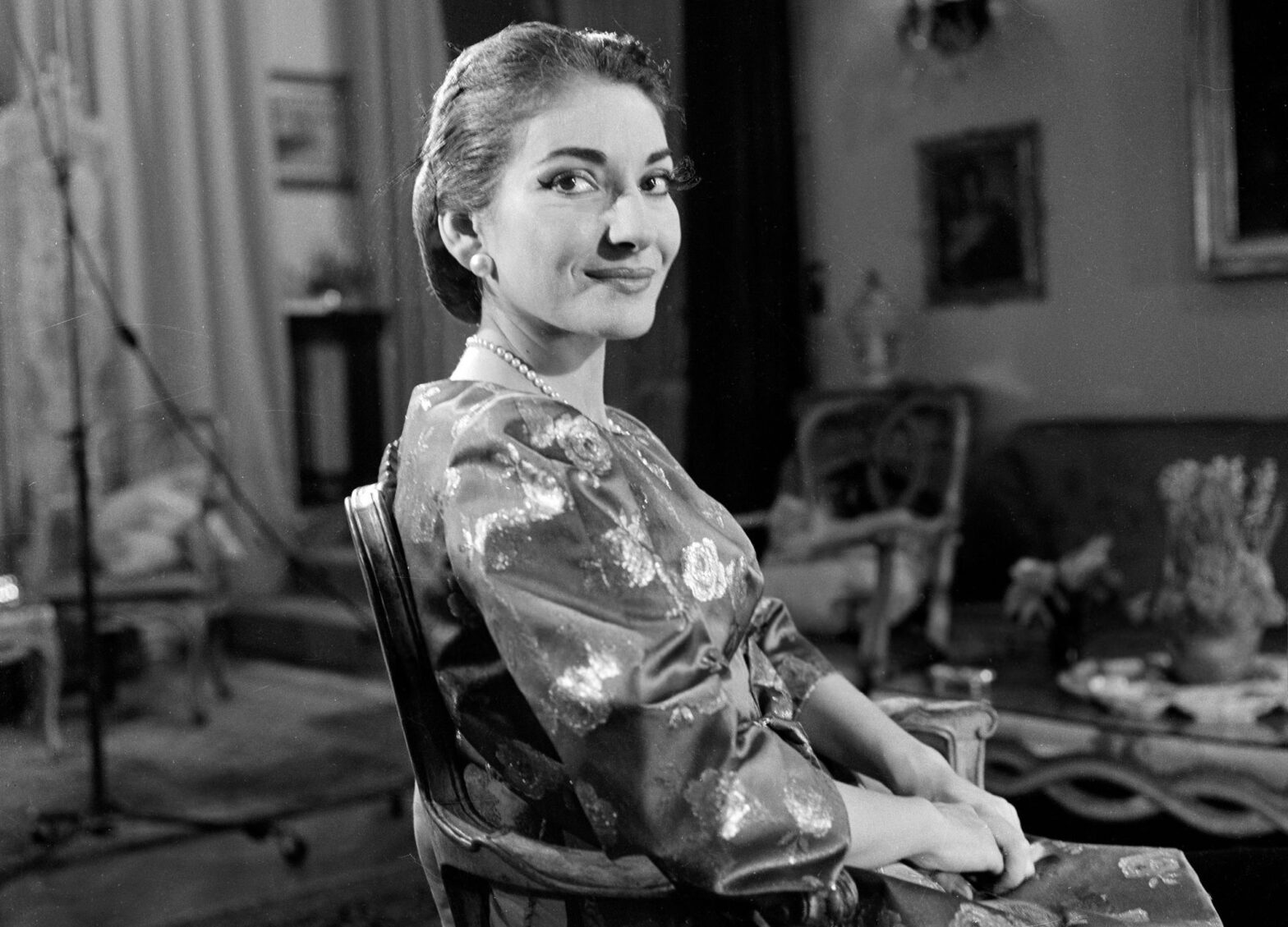On December 2, 1923, in New York City, a girl was born to Greek immigrant parents. They named her Sophia Cecilia Kalos, but the world would one day know her as Maria Callas.
Her childhood was turbulent. Her parents’ marriage collapsed, and Maria was often pushed harshly by her mother, who recognized her vocal talent and demanded discipline.
At thirteen, she returned with her mother to Greece, where she studied at the Athens Conservatoire under Elvira de Hidalgo, a Spanish soprano who shaped her into a singer of extraordinary power and range.
The Making of La Divina
Callas’s voice was unlike any other: not smooth, not conventional, but vast, dramatic, capable of both thunder and whisper. Her technique, paired with her dramatic instinct, allowed her to resurrect forgotten bel canto operas and bring them roaring back to life.
By the late 1940s, she was performing in Italy — Verona, Florence, and La Scala in Milan. Audiences were stunned. Here was not just a soprano, but a tragedienne, an actress who lived every note as though it were her last breath.
“To sing is an expression of your being, a being which is becoming.”
The Queen of La Scala
In the 1950s, Maria Callas became the reigning star of opera. At La Scala, she embodied Norma, Tosca, Violetta, and Medea, roles that seemed made for her. Her fiery temperament off-stage only fueled her legend.
She was demanding, perfectionist, sometimes volatile. But when she walked on stage, the drama was no longer gossip — it was art.
“Don’t talk to me about rules, dear. Wherever I stay, I make the goddamn rules.”
Her nickname was La Divina — The Divine One.
Love and Loss
In 1959, Callas met Greek shipping magnate Aristotle Onassis. Their affair was passionate, tempestuous, and consuming. Callas gave up much of her career for him, hoping for stability, even a family.
But Onassis eventually left her for Jacqueline Kennedy, a betrayal that broke her. Her voice, already under strain from years of punishing roles, began to falter.
“That was the story of my life. I wanted to be loved.”
The Final Curtain
By the late 1960s, Callas had withdrawn from the stage. She gave occasional concerts, taught masterclasses, but the great voice of her youth was gone. She lived alone in Paris, still adored, still tragic.
On September 16, 1977, Maria Callas died of a heart attack at the age of 53. The world mourned her not just as a singer, but as a myth — the embodiment of opera itself.
The Legacy of La Divina
Maria Callas transformed opera from music into drama, from spectacle into human truth. She brought audiences to tears not just with the purity of her notes but with the rawness of her soul.
“An opera begins long before the curtain goes up and ends long after it has come down. It starts in my imagination, it becomes my life, and it stays part of my life long after I’ve left the opera house.”
Her voice lives on in recordings, her legend in the memory of those who heard her. Even today, when her arias play, it feels as though the air itself is trembling — as though La Divina never truly left.

“I am not an angel and I do not pretend to be. That is not one of my roles. But I am not the devil either. I am a woman, and a serious artist.”
“I don’t need the money, dear. I work for art.”
“I am not an angel’s voice. I am a human voice, a voice of drama, of life, of suffering.”
“I will not be forgotten, because I made people feel.”
